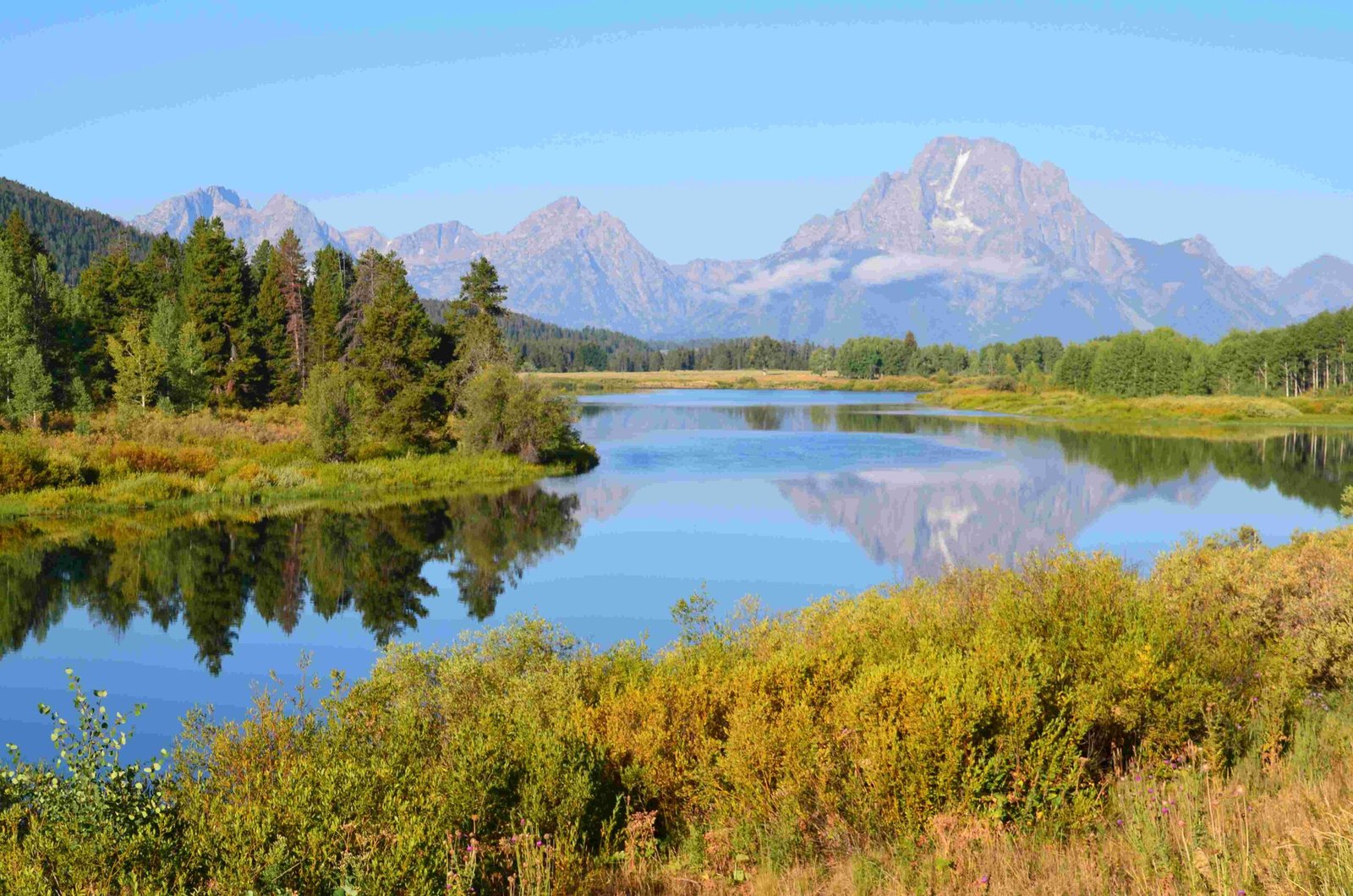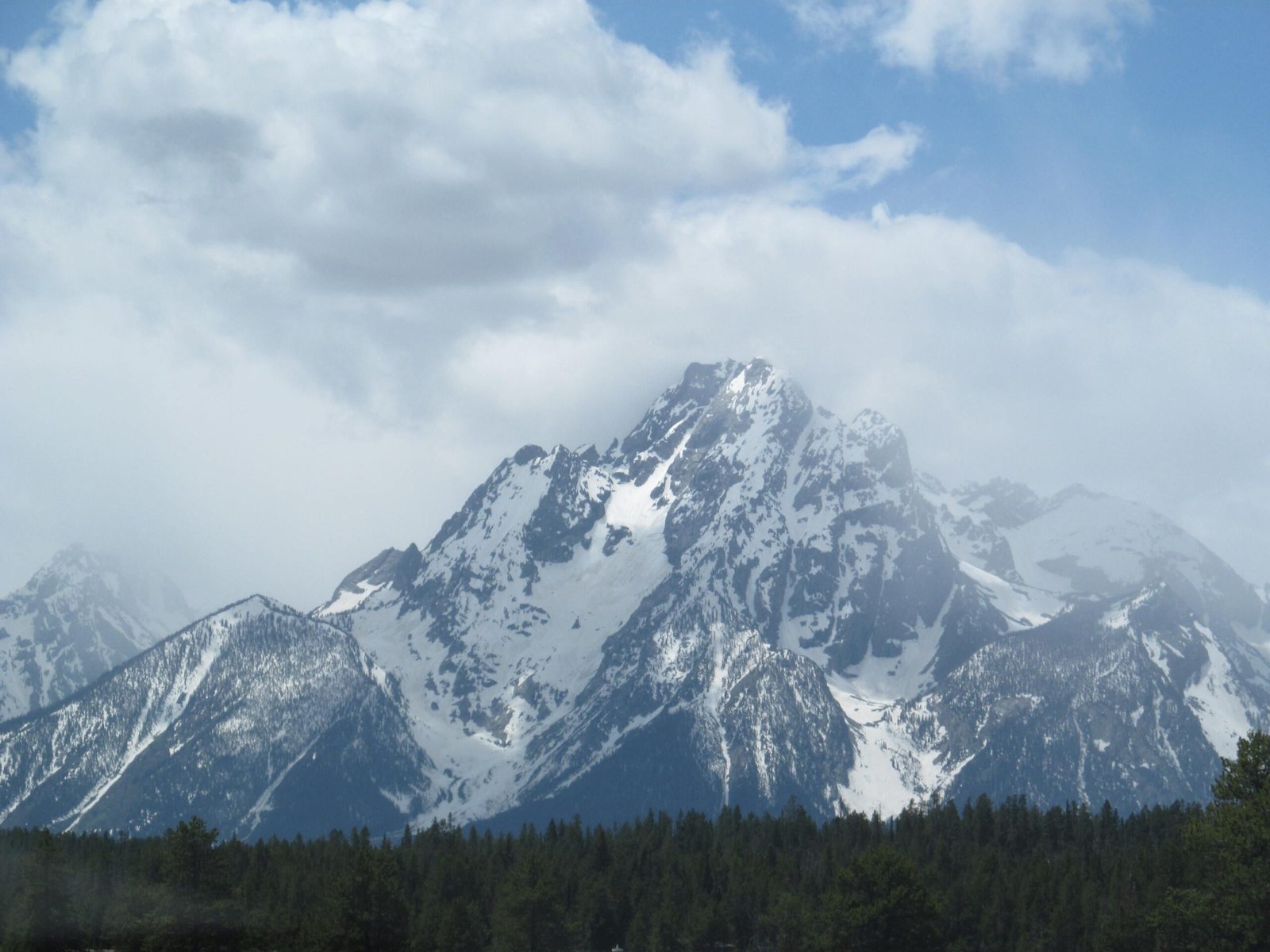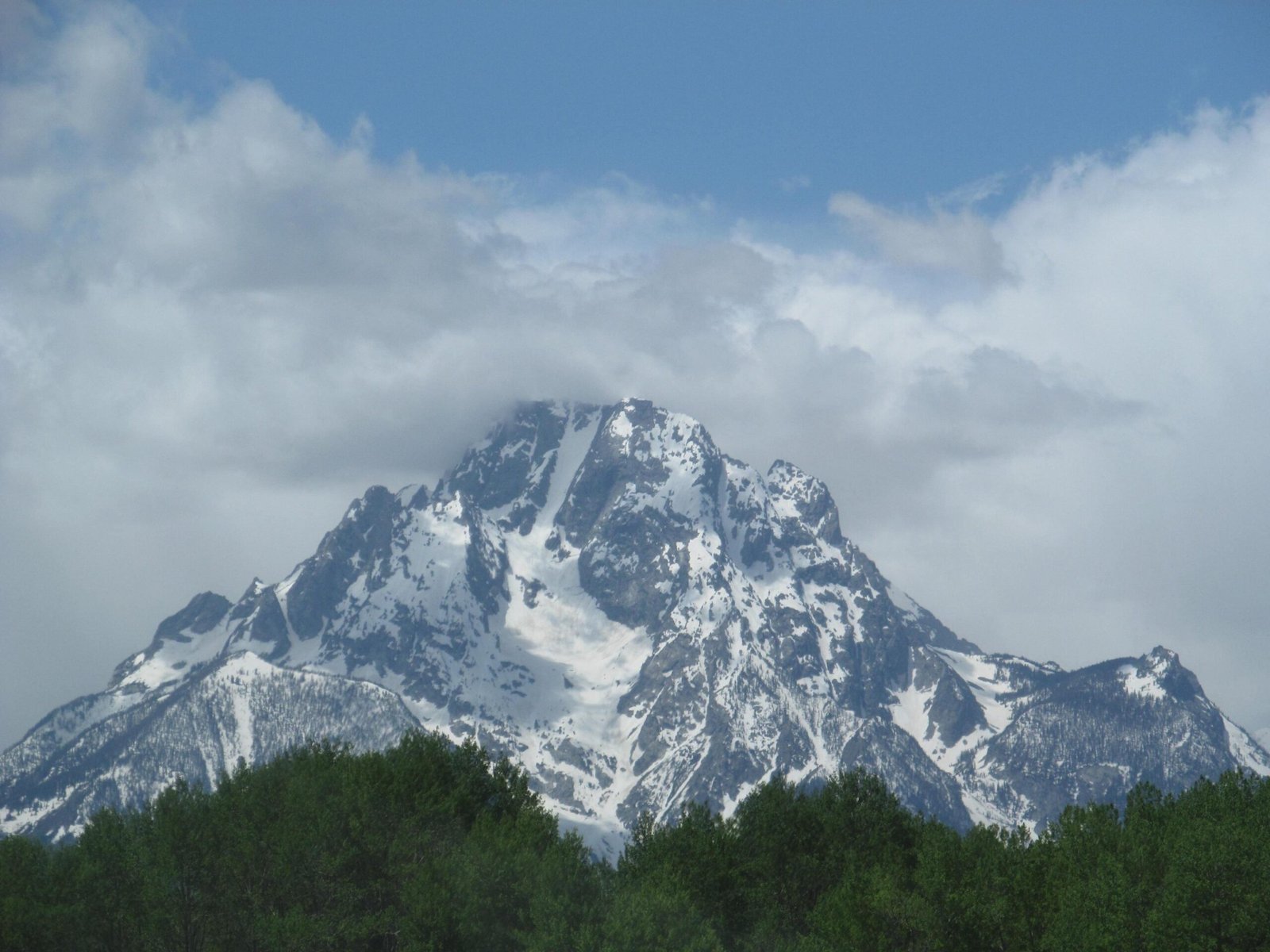Grand Teton National Park hosts a complex ecosystem where keystone species play pivotal roles in maintaining ecological balance. These critical organisms, particularly gray wolves, beavers, and elk, interact in intricate ways that shape landscape dynamics, population structures, and biodiversity. Their interdependence creates a delicate web of interactions that sustain the park’s rich environmental tapestry, demonstrating the profound interconnectedness of wildlife within this remarkable protected landscape.
What Makes a Species Keystone in Grand Teton?

Keystone species are organisms that have a disproportionately large impact on their environment relative to their population size. In Grand Teton National Park, these species fundamentally transform ecosystem structures and maintain critical ecological processes.
Key Characteristics of Keystone Species
| Species | Ecological Role | Impact Level |
|---|---|---|
| Gray Wolves | Predator Regulation | High |
| Beavers | Habitat Modification | Moderate |
| Elk | Grazing Dynamics | Significant |
How Do Wolves Transform the Ecosystem?

Gray wolves represent the quintessential keystone species in Grand Teton National Park. Their presence dramatically influences multiple ecological components:
- Predation Dynamics: Wolves primarily target elk, controlling population sizes
- Habitat Redistribution: Elk modify grazing patterns to avoid wolf territories
- Cascading Effects: Wolf presence reduces coyote populations, indirectly benefiting smaller predators
What Role Do Beavers Play in Ecosystem Engineering?
Beavers function as critical ecosystem engineers through their dam-building activities:
- Create wetland habitats
- Modify water flow patterns
- Generate microhabitats for diverse species
- Enhance landscape biodiversity
How Do Elk Contribute to Ecological Balance?
Elk serve as both keystone grazers and prey species:
- Regulate vegetation through grazing patterns
- Provide critical food sources for predators
- Influence landscape vegetation structures
- Respond dynamically to predator presence
What Are the Conservation Strategies?
Grand Teton National Park implements comprehensive management approaches:
- Continuous wolf population monitoring
- Habitat protection zones
- Ecosystem interaction research
- Minimal human intervention protocols
What Challenges Exist in Maintaining Ecological Balance?
Challenges include:
- Climate change impacts
- Human-wildlife interactions
- Maintaining genetic diversity
- Preserving complex predator-prey relationships
How Can Visitors Contribute to Conservation?
Visitors can support ecosystem preservation by:
- Maintaining safe distances from wildlife
- Participating in educational programs
- Supporting park conservation initiatives
- Practicing responsible wildlife observation
Conclusion
The intricate relationships between keystone species in Grand Teton National Park demonstrate nature’s remarkable complexity. Each organism plays a crucial role in maintaining ecological equilibrium, highlighting the importance of holistic conservation approaches.

